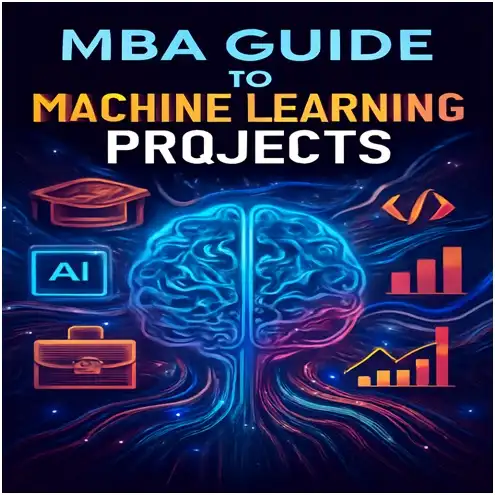I was recently browsing Board Game Geek, an online forum for nerds who like tabletop games, and came across a thread entitled “anyone have a use for the University?”
This contained a complaint about the board game Puerto Rico. In Puerto Rico, although the University is potentially a very powerful card, it’s considered too expensive and therefore not worth players’ investment – and I couldn’t help being struck by a resonance with real life higher education in the UK.
Following the recent increase in tuition fees, reports of students perceiving university education as a poor investment of time and money have proliferated. As such, understanding and communicating the value of higher education has become an increasingly pressing concern.
Value and metaphor
In 2024, over 1,000 papers were published which mention the value of higher education, going over themes like economic gain, professional and academic experience, networking, “cultural capital”, and a sense of the value that higher education institutions offer to society in general. Authors explore how value is perceived differently by applicants, students, graduates, staff and the public, and by different demographic communities within these groups. Undoubtedly, the value of higher education is multifaceted and complex.
A powerful way of understanding value is through metaphor. When we use a metaphor, we ascribe the value of one thing to another. For instance, universities are beacons of knowledge positions universities as guiding lights, illuminating the path to progress (or something).
Some common metaphors ascribed to universities include: universities are innovators that drive progress and create new ideas; universities are catalysts for personal and societal transformation; and universities are providers which supply a skilled workforce to deliver economic growth.
When metaphors are layered together, they become a narrative – a way of conveying greater meaning through interconnected symbols. Games, as a form of interactive storytelling, take this concept even further. They combine metaphors with player agency, allowing players to actively engage with and shape the narrative. In games, players don’t just passively observe metaphors at work; they inhabit and interact with them.
The player of games
Because games are dynamic, this means that universities appear in games only when they are actively doing something: acting on the simulation and changing the outcome for the player. Analysing these dynamics leads to some thought-provoking insights into how universities are perceived as acting on the real world, and therefore what value higher education holds in society.
Our most familiar metaphors for universities are easily recognisable in games. For example, in strategy games such as Age of Empires, universities are innovators which generate “research points” which can be spent to unlock new things. In city-building games like Megapolis, universities are providers that give the player more resources in the form of workers. In Cities: Skylines, universities are catalysts for growth: once a citizen has attended university their home will be upgraded to higher building levels, and they can get better jobs, which in turn levels up their place of employment.
To return to Puerto Rico: in the normal rules of the board game, players can “construct” a building (such as a factory or warehouse) but cannot use it until the next “mayor phase” is triggered, at which point they can be “staffed”, and its benefits can be used by the player thereafter. The university card grants the player the ability to both “construct” and “staff” new buildings instantly, without waiting. This significantly speeds up the gameplay for the owner of the card.
When used in this way, the university card changes the mechanics of the game for the player who can use it.
Puerto Rico is not alone in this. For example, in Struggle for Catan, the university card allows the possessor to buy future cards more easily by swapping one required resource for any other kind. This has such an unbalancing effect that it changes the game from that point onwards. As one Board Game Geek user puts it:
When I play with my wife we ban the University to keep it a friendly game […] In a four player game everyone just gangs up on whoever gets the University.
In both of these games, universities are cheat codes: “a secret password […] that makes something unusual happen, for example giving a player unusual abilities or allowing them to advance in the game.”
Cheat codes are used by players to create exceptions to the standard game rules everyone else must abide by. Universities change the mechanics of the game and enable players to act in a way that would be otherwise impossible.
Real-life cheat codes
The idea of students using universities to gain an advantage is not new. When university strategies talk about “transforming students’ lives”, this is generally what they’re referring to. “Educational gain”, “cultural capital”, “graduate attributes”, and “personal development”, are all facets of the same sort of idea.
However, I’d argue that using the metaphor of a “cheat code” forces us to see students as active players who are using their experiences agentically and strategically, rather than just passively receiving something. When a player uses a cheat code, they generally have an intention in mind. Using the game metaphor reminds us to see students as individual players, who are interested in developing their own palette of cheat codes for their own personal goals.
If the value of a university experience for students is in developing and testing cheat codes, then we should be intentionally structuring higher education to teach the most effective “hacks”. As Mark Peace has argued on this site in the past, we mustn’t be complacent about the process by which students “catch” transferrable skills. We need to be much more intentional about how we scaffold the development of these cheat codes, and how we work collaboratively with students to identify the skills they want to build and create meaningful ways to help them develop their own toolbox of cheat codes.
Without this, there is a real danger that we will return to the original scenario of this article, the forum post bemoaning the high-cost, low-return of the university card in Puerto Rico. We must guard against the “university card” being almost unplayable, because it is too expensive, not flexible enough, or too dated. The challenge to institutions is to ensure our provision is more like the university card in Struggle for Catan: truly game-breaking.
Thinking about universities in terms of game design invites us to rethink the rules we’re playing by and imagine a world where some rules don’t apply. It’s a reminder that the narratives that shape higher education aren’t set in stone. Players have autonomy and can change the direction of the game. This might mean building a toolbox for life with students – and for us, it means taking a wider look at the system we’re part of. What would it look like to recover our agency and, as Edward Venning puts it on HEPI recently, “recover an assertive self-confidence”? For too long, universities have been stuck playing the game instead of changing the rules.





![How to Unlock Graduate Enrollment Growth [Webinar]](https://blog.college-counseling.com/wp-content/uploads/2025/04/How-to-Unlock-Graduate-Enrollment-Growth-Webinar.webp.webp)
